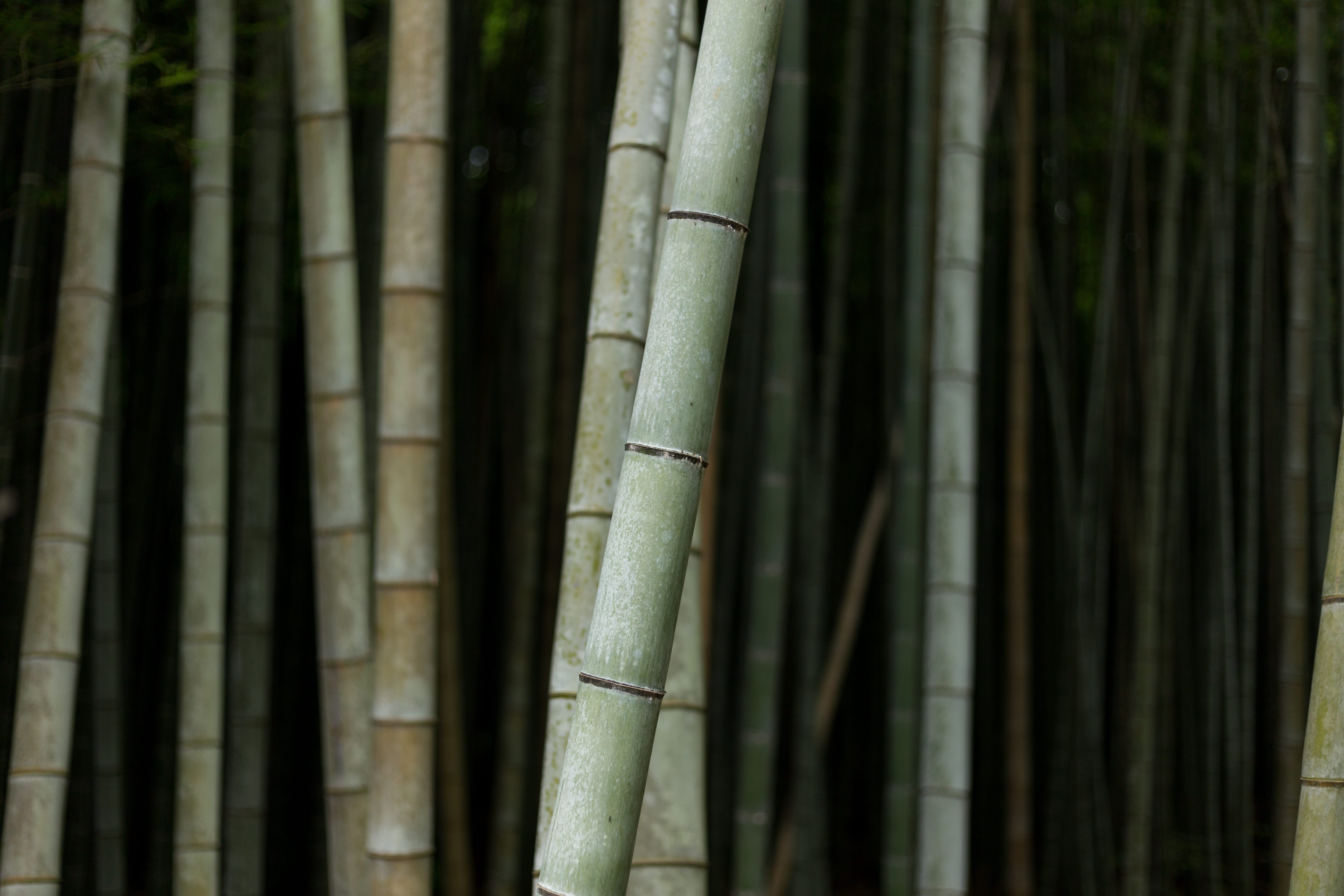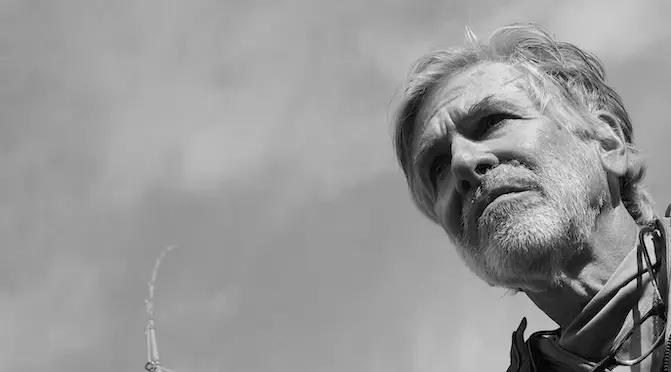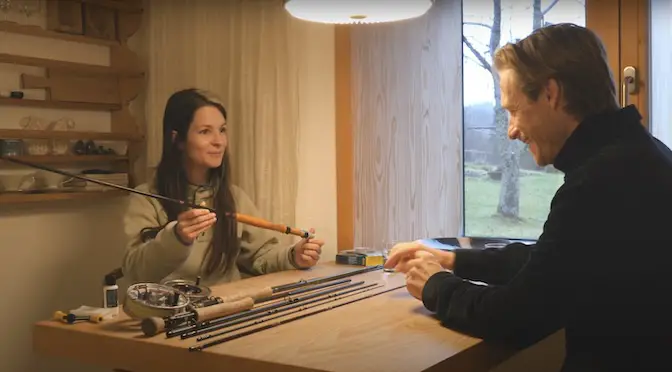Last updated on January 10th, 2024.
A wonderful introduction about fishing and mediation, by yoga and meditation instructor, Buddhist practitioner and Taoist enthusiast Remington Cooney.
“I loosely define meditation as: <<a mind training tool used to develop single pointed concentration, via the breath; which, ultimately, brings us in contact with our own inner wisdom.>>
I am not much of a fisherman. And I haven’t been fishing in quite some time. But I do remember, when I was much younger, going fishing with my dad. It usually was on our beach holidays in Malaysia – we’d stand at the end of some rickety resort jetty and cast out our lines. And sit, and wait, and wait, and wait… As we did so, I would begin to slowly detach from my thinking and tune into my surroundings: the lapping of the waves against the jetty; the occasional squawk of sea birds above; the shadowy islands on the horizon; the sparkle of the sun against the surface of the ocean. My times fishing in those early days may have very well been my introduction to meditation. I remember how my initial boredom would eventually wash over into a calm contentment as we just sat, often in complete silence. Every now and then dad would break the silence with a story of his early days fishing, or with a tutorial on ‘how to organize the tackle box.’
The tuning into surroundings that I was so naturally doing as a child, is what psychologists and scientists are now calling ‘mindfulness.’ Mindfulness is all the rage at the moment, but the definitions vary. Some claim it’s just tapping into the present moment. Others say that this is a misconception and that mindfulness is not passively observing the present, but rather, engaging in actions that fuse us with the present (breathing being the most popular).

Originally a Buddhist term, at the core, mindfulness and meditation really aren’t that different, although some scientists will say otherwise. The reason mindfulness has become so popular is because it captures all the positive benefits of meditation – calm, healthy mind, de-stressing, breaking old habits – without carrying all the hippie and/or religious ‘baggage’ that meditation is stereotyped as having. In other words, it gives meditation a secular image, despite being a religious term.
My definition of mindfulness is summed up in a simple formula: Meditation – (incense + long hair/no hair + chanting + lotus position) + scientific proof = Mindfulness.

When I was fishing, there was only one thing that would interrupt this mindful state I would zone into: getting my line snagged on something – usually rocks on the sea-bed, or barnacles on the jetty supports, or even on a crab’s greedy claw. I’d immediately break my meditative flow and start tugging on the line in frustration, in all different directions; fighting and resisting whatever had snagged the line, until my dad would calmly come over, laughing. He’d tug the line a few times himself and if it really was snagged, he’d get his pliers from the tackle box and, without hesitation, cut the line. He’d proceed to tie the remaining end of my line to a new hook, and then turn to me and say: ‘let’s start again shall we?’
I’ve noticed lately that in my own meditation/mindfulness practice I’ve been getting a lot of ‘mind-snags’: when your mind gets hooked on some thought or issue and it just won’t let go. This happens to me most when I’m in a point of transition between countries, or jobs, or amidst a big life change. Often when this occurs, the mind automatically goes to the source of the snag (the niggling thought) and repetitively works through it by resistance; that is, trying to pick apart the conundrum so that it can be solved. In other words, I begin to pull on the problem that is bothering me and the problem becomes more tightly wrapped up in my mind.
What Zen meditation (zazen) practice has taught me to do, however, it to simply “cut the line” – that is, calmly cutting the cord attached to the thought, just like my dad would do with the snagged fishing line. And then I inwardly turn to myself, just like my dad would turn to me, and say, ‘let’s start again shall we?’

According to Zen philosophy, the art of meditation is being able to drop our stories – the emotions, thoughts, and incidents – that create mind-snags, and come back to what is really going on around us. It is those mind-snags that are really causing us suffering, and by tugging at the line and making it taut, we are just further entangling the mind’s line. Eventually, the line snaps.
So next time you encounter a mind-snag, instead of going through the process of pulling the line until it gets so tangled it breaks, make life a little easier for yourself: first, laugh; then, calmly cut it; and finally, turn to yourself and say: let’s start again, shall we?”
This text originally appeared on Remington’s blog:






